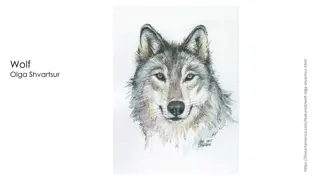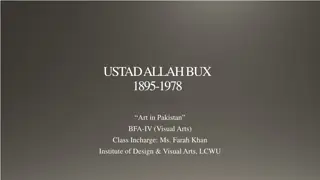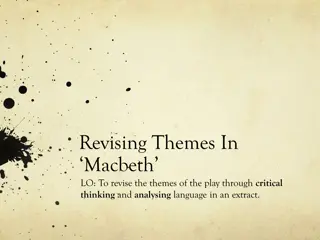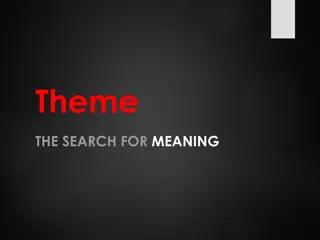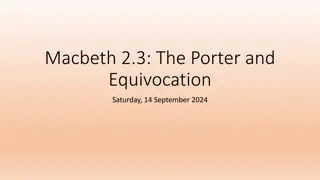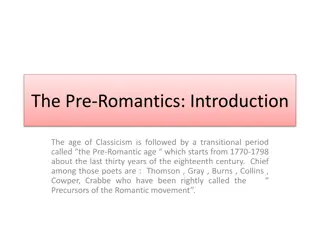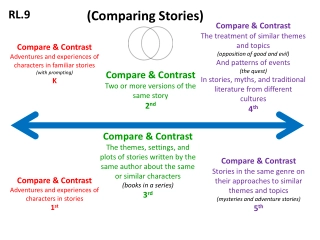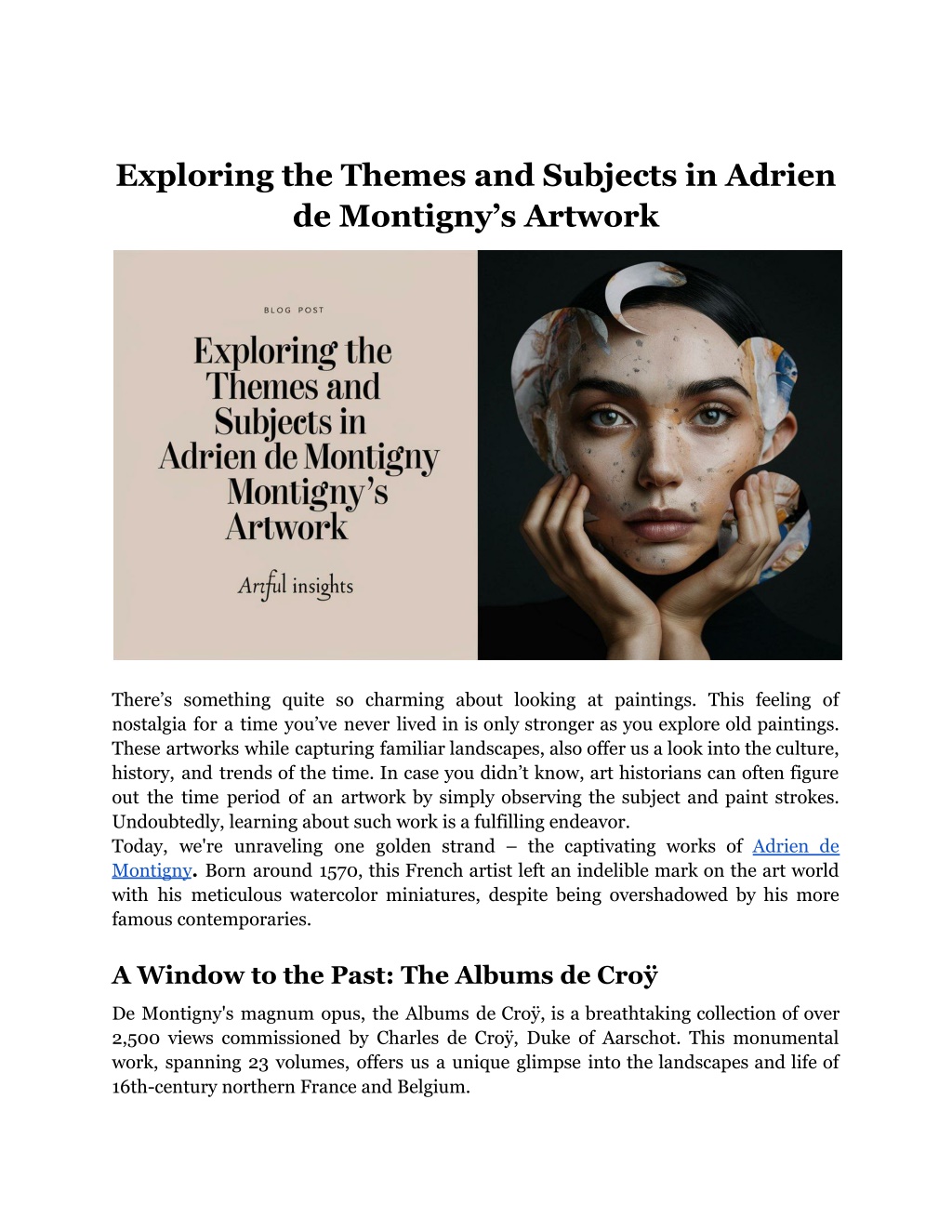
Exploring the Themes and Subjects in Adrien de Montigny’s Artwork
Dive into the key themes and subjects that define Adrien de Montignyu2019s captivating artwork. A journey through his creative vision.n
Download Presentation

Please find below an Image/Link to download the presentation.
The content on the website is provided AS IS for your information and personal use only. It may not be sold, licensed, or shared on other websites without obtaining consent from the author. Download presentation by click this link. If you encounter any issues during the download, it is possible that the publisher has removed the file from their server.
E N D
Presentation Transcript
Exploring the Themes and Subjects in Adrien de Montigny s Artwork There s something quite so charming about looking at paintings. This feeling of nostalgia for a time you ve never lived in is only stronger as you explore old paintings. These artworks while capturing familiar landscapes, also offer us a look into the culture, history, and trends of the time. In case you didn t know, art historians can often figure out the time period of an artwork by simply observing the subject and paint strokes. Undoubtedly, learning about such work is a fulfilling endeavor. Today, we're unraveling one golden strand the captivating works of Adrien de Montigny. Born around 1570, this French artist left an indelible mark on the art world with his meticulous watercolor miniatures, despite being overshadowed by his more famous contemporaries. A Window to the Past: The Albums de Cro De Montigny's magnum opus, the Albums de Cro , is a breathtaking collection of over 2,500 views commissioned by Charles de Cro , Duke of Aarschot. This monumental work, spanning 23 volumes, offers us a unique glimpse into the landscapes and life of 16th-century northern France and Belgium.
Themes and Subjects 1- Topographical Landscapes Montigny is rather best known for his topographical watercolors. You can observe these in the Albums de Croy. you ll find these works capture the lands and properties of the Duke of Croy, which capture the different regions in France and Belgium. Moreover, his paintings are beyond just artistic and are more like historical records that showcase the architectural and social landscape of the time(16th and 17th centuries). 2- Architectural Depictions Furthermore, when it comes to architecture, we have castles, abbeys, villages, and more. Montigny s painting of the Chateau d Agimont is considered one of the first paintings of this property. Other markers of his work include decorative borders, that reflect manuscripts and add something artistic to the works. 3- Social and Daily Life Besides the landscapes and buildings, Montigny included regular activities of the people such as farming, fishing, and playing musical instruments. Moreover, experts often compare his work to Pieter Bruegel's works. It showcased peasant life, thus portraying the human experience outside of a certain class. Read More Article: When to Repair vs. Replace Your Water Heater The Artist's Palette: Landscapes and Architecture De Montigny's brush danced across vellum, bringing to life the estates, villages, and natural beauty of the region. His mastery of atmospheric perspective is evident in the way distant hills melt into soft blue hues, while the foreground bursts with vibrant detail. Element De Montigny's Technique Sky Subtle color modulation to evoke time of day
Vegetation Rich greens, carefully carried to suggest depth Architecture Precise rendering of local building styles People Small figures engaged in daily activities This careful attention to detail didn't just create pretty pictures it preserved a visual record of a world on the cusp of change. Beyond the Frame: Decorative Elements and Hybrid Representations What sets de Montigny apart is his ability to blend the functional with the fantastical. The Albums de Cro aren't just collections of paintings; they're a fusion of art and cartography. 1. Decorative Cartouches: Each folio features ornate frames identifying the subject matter, adding both information and visual flair. 2. Lively Borders: The edges of each page come alive with intricate designs, unifying diverse elements like maps, plans, and heraldic symbols. 3. Blended Realities: De Montigny wasn't content with simple representation. He often combined map-like plans with pictorial elements, creating a unique hybrid style that challenges our perception of space and reality. The Artist as a Time Traveler Perhaps the most remarkable aspect of de Montigny's work is how it transports us. In an era of religious strife and warfare, his paintings offer a serene counterpoint. Villages nestle peacefully in verdant landscapes, and people go about their daily lives undisturbed by the turmoil of the times. This juxtaposition the tranquil scenes against the backdrop of a tumultuous era adds a poignant depth to de Montigny's art. It reminds us that even in the darkest times, beauty and everyday life persist. Rediscovering a Renaissance Gem Adrien de Montigny's work deserves far more recognition than it has received. His unique blend of cartographic precision and artistic vision created a body of work that is both historically valuable and aesthetically stunning.
As we get into his intricate miniatures, we're not just looking at pretty pictures. We're peering through a window into a lost world, preserved with loving detail by a master artist. Read More Article: Common Water Heater Issues and How to Fix Them Conclusion No doubt, learning about these amazing artworks from times past is fulfilling and also an adventure in learning. The only thing we need is the right sources so that we can truly absorb ourselves in the task or the art, so to speak. Visit Arader Books. Their curated collection of rare art books and prints offers a journey through time, bringing the beauty of masters like Adrien de Montigny to your fingertips. Explore their amazing selection today and bring a piece of history into your home. Frequently Asked Questions (FAQs) Q: Why isn't Adrien de Montigny as well-known as other Renaissance artists? A: De Montigny specialized in miniatures and worked primarily for a single patron, which limited the spread of his work compared to artists who created larger public pieces or worked for multiple patrons. Q: What makes the Albums de Cro significant? A: The Albums provide an unprecedented visual record of northern France and Belgium in the late 16th/early 17th century, combining artistic beauty with historical and cartographic value. Q: How did de Montigny's work differ from typical maps of the time? A: De Montigny blended cartographic elements with pictorial representations, creating hybrid images that were both informative and aesthetically pleasing. Q: Are any of de Montigny's works on public display? A: While many of his works are in private collections, some can be viewed in museums. It's best to check with major art museums in France and Belgium for current exhibitions. Q: How did de Montigny's technique influence later artists? A: His unique blend of cartography and artistic representation influenced the development of landscape painting and topographical art in the following centuries.
Site Article: Exploring the Themes and Subjects in Adrien de Montignys Artwork







